Have you ever heard of Mexican-Made Rolex bracelets? Or made in the US, UK, Argentina, Venezuela or Japan? Yet they do exist! In the world of vintage watches you're always worried about fake or Frankenwatches, or even parts being swapped... So when Marc came to the office with a new acquisition - an early 1970s Rolex Datejust 1603 with silver dial - we looked at the Jubilee bracelet and thought: "That looks a little off". The clasp was a little weird and we thought the finishing was different to other bracelets from the same era.
May 31, 2023
A Swiss-Mexican Collaboration - "Joske's" Rolex Jubilee Bracelets

Marcus Siems @siemswatches
Collector, Author, Data Analyst
In the world of vintage watches you're always worried about fake or Frankenwatches, or even parts being swapped... So when Marc came to the office with a new acquisition - an early 1970s Rolex Datejust 1603 with silver dial - we looked at the Jubilee bracelet and thought: "That looks a little off". The clasp was a little weird and we thought the finishing was different to other bracelets from the same era.
 A pretty cool and genuine Rolex 1603 Datejust from the 1970s... but that clasp... what is this? Photo @Goldammer.me.
A pretty cool and genuine Rolex 1603 Datejust from the 1970s... but that clasp... what is this? Photo @Goldammer.me.
The watch-head appeared genuine, so we thought the previous owner may simply have put a cheap replacement bracelet on the piece. Nothing we'd worry about, there are a lot of great strap choices for these pieces available... and we'd just throw away the bracelet. Until we opened the clasp and scales fell from our eyes*!
Inside the bracelet was signed "Joske's - Hecho en Mexico". This meant that the bracelet in our hands was original, actually as far from a counterfeit part as it could be. It's a real(!) Rolex Jubilee bracelet that's been made not by Rolex, not by another Swiss contractor but actually manufactured in Mexico and only for the Mexican market.
 If you came to see something cool, look no further. During the 1960s to early 80s Rolex produced bracelets, most prominently Jubilees, within Mexico by Joske. Photo @Goldammer.me.
If you came to see something cool, look no further. During the 1960s to early 80s Rolex produced bracelets, most prominently Jubilees, within Mexico by Joske. Photo @Goldammer.me.
My interest was sparked and I followed the path of this peculiarity. I mean, saying that I'm into third-party production is an understatement[1]. So let's rewind this and start from the beginning.
1) Rolex and the not-so-in-house production
Rolex and its in-house production. Today we know Rolex as this completely vertically-integrated watch manufacturer that does everything "in-house". So, in 2023 no one else but Rolex truly knows what Rolex is doing (in part also because they moved to random serial numbers in 2006[2]). In late 1990s and 2000s Rolex started to buy up suppliers and move the entire production under their own control. Part of this was also the acquisition of the Gay Freres company - probably The most well known name in vintage watch bracelets.
 Mexican made but can definitely keep up in terms of quality... The same standard applied for Rolex parts made overseas. The watch-head was exported while the bracelet was made domestically. Photo @Goldammer.me.
Mexican made but can definitely keep up in terms of quality... The same standard applied for Rolex parts made overseas. The watch-head was exported while the bracelet was made domestically. Photo @Goldammer.me.
The vintage world. But that also means that before the 1990s Rolex brought in external expertise, too. Quite a lot actually... For example you will find that many of the early Oyster cases were stamped with hallmarks from Spillmann SA, a case manufacturer from La Chaux-de-Fonds[3-4]. Rolex used Valjoux (until 1988) and Zenith ebauches for their infamous Daytona chronograph watches until 2000.
2) A little detour: Rolex bracelet's made outside of Switzerland
Made in Switzerland. Yet most of these examples feature suppliers that were still located within Switzerland. But here the story of our bracelet goes a bit further. It's flabbergasting but there exist genuine Rolex parts that were made outside of Switzerland! I simply need to repeat that here.
 This is how the Mexican Jubilee (left) compares to a Swiss made one (6251 H, right). Claps differs a lot in this direct comparison but other particularly late 1960s Swiss-made bracelets show a very similar finishing, layout and coronet style. Photo @Goldammer.me.
This is how the Mexican Jubilee (left) compares to a Swiss made one (6251 H, right). Claps differs a lot in this direct comparison but other particularly late 1960s Swiss-made bracelets show a very similar finishing, layout and coronet style. Photo @Goldammer.me.
The reason for this oddity has been - as so often[5] - tax reasons, import taxes to be exact. For bracelets in particular we can find domestic production in the US, Argentina, Venezuela, Mexico, UK and Japan[6].
Made Overseas. Between approximately 1958-78 Rolex produced their riveted Oyster bracelets also within the US[7]. These were stamped C&I (the US based company) and mostly used for Rolex's tool watches (GMT Master, Explorer & Submariner, with 20mm lug width). A second US-based supplier has been JB Champion[8].
 A 14k Rolex Oyster Perpetual Date with an American made 14k Jubilee bracelet made by JB Champion. Photo Courtesy of Christie's NY July 2018.
A 14k Rolex Oyster Perpetual Date with an American made 14k Jubilee bracelet made by JB Champion. Photo Courtesy of Christie's NY July 2018.
Potentially one of the rarest of these oddball bracelets come from Japan. Marked simply as "Made in Japan" it is rumored that a single man made these JDM President bracelets mainly during the late 1960s to the early 80s[9]. You can also find a Hodinkee "Bring a Loupe" on one of these "impossibly rare" pieces from awhile ago.
Besides Joske the South American market was covered by another bracelet manufacturer - D'Agosto. Stamped D'A inside the clasp we can find this manufacturer delivered to Venezuela during the 1960s and 1970s (see also import hallmark "C" under the lugs). Moreover, it might be that D'Agosto has also been delivering bracelets to Argentina but so far I only have strong evidence for the Venezuelan market.
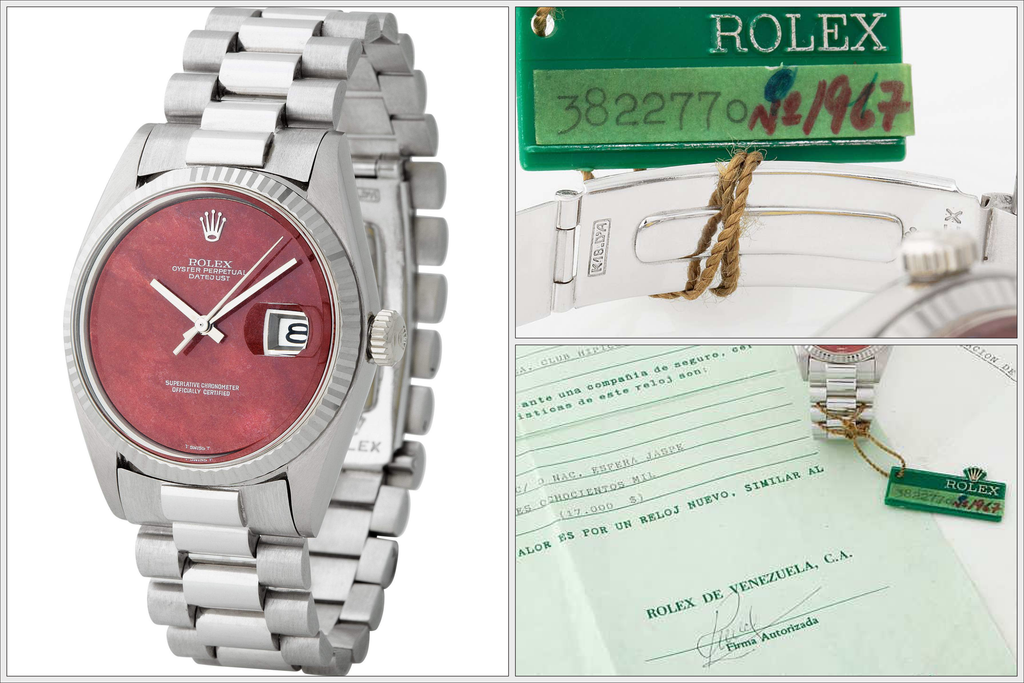 A possibly unique Rolex Datejust 1601 in white gold with red Jasper dial and ... drumroll please ... a Venezuelan D'Agosto bracelet. This is the strongest evidence we got for the association between the D'A stamp and Venezuela as this watch comes with both the hallmark "C" under the lugs (see lot via the link) and Venezuelan papers. Photo Courtesy of Monaco Legend Group Auctions April 2021.
A possibly unique Rolex Datejust 1601 in white gold with red Jasper dial and ... drumroll please ... a Venezuelan D'Agosto bracelet. This is the strongest evidence we got for the association between the D'A stamp and Venezuela as this watch comes with both the hallmark "C" under the lugs (see lot via the link) and Venezuelan papers. Photo Courtesy of Monaco Legend Group Auctions April 2021.
Other examples were UK made Jubilees from the 1950s to early 1960s. You can identify these specimen via their WAB signature in the clasp[10]. WAB stands for "Watch Accessories Birmingham", a company owned by the Rolex importer to the UK and potential friend of Hans Wilsdorf, Oscar Winter[10-11]. Other Birmingham based supplier of bracelets seem to have been ClewCo and Britton & Sons (B&S).
 Another interesting variant: A 9k yellow-golden 1960s Oyster Perpetual ref 1002 3-6-9 dial with a UK-made bracelet in a completely atypical Rolex fashion. The style reminds more of Seiko bracelets of the time, but that's quite far from Japan. Photo Courtesy of WindVintage and Charlie Dunne.
Another interesting variant: A 9k yellow-golden 1960s Oyster Perpetual ref 1002 3-6-9 dial with a UK-made bracelet in a completely atypical Rolex fashion. The style reminds more of Seiko bracelets of the time, but that's quite far from Japan. Photo Courtesy of WindVintage and Charlie Dunne.
You can find a selection of clasp stampings to the related regions and manufacturers below:
 Overview over different clasp signatures from bracelet manufacturers outside of Switzerland. Joske (Mexico, top left), JB Champion (USA, top middle), C&I (USA, top right), WAB (UK, bottom left), D'A (Venezuela, bottom middle), and Made in Japan (bottom right). I repeat: All of these are genuine and original Rolex bracelets, simply not made in Switzerland. Photos Courtesy of Goldammer.me, Christie's NY, RolexUsedParts, GreyAndPatina, Fratello, & Monaco Legend Group.
Overview over different clasp signatures from bracelet manufacturers outside of Switzerland. Joske (Mexico, top left), JB Champion (USA, top middle), C&I (USA, top right), WAB (UK, bottom left), D'A (Venezuela, bottom middle), and Made in Japan (bottom right). I repeat: All of these are genuine and original Rolex bracelets, simply not made in Switzerland. Photos Courtesy of Goldammer.me, Christie's NY, RolexUsedParts, GreyAndPatina, Fratello, & Monaco Legend Group.
3) Made in Mexico - Hecho en Mexico
And finally, we come to the star of our show. The bracelets "hecho en Mexico" were manufactured by a company called Joske's (also engraved in the clasp). Joske's were a quite popular department store in Texas (USA) and Mexico between 1867 to 1987 founded by Jewish German emmigrant Julius Joske[6,12]. They were further an authorized Rolex dealer.
During the late 1960s to the 1980s the Mexican government passed a law that required industrial integration, i.e. at least parts of products sold within Mexico needed also to be made in Mexico[13]. So for Rolex to sell watches in that market they needed to make their bracelets domestically. So overall this makes these bracelets a rarity (most definitely here in Europe), a genuine anomaly and a true time capsule.
 A close-up of one of the most telling signatures of the Mexican Rolex Jubilee bracelets - the oval links. Photo @Goldammer.me.
A close-up of one of the most telling signatures of the Mexican Rolex Jubilee bracelets - the oval links. Photo @Goldammer.me.
The look. So how does this bracelet now compare to other Jubilee's of the time? First, these bracelets - as also the US counterparts - can be mainly identified via the oval shape of the solid outer links. And the second tell is the aforementioned clasp. On for example a period-matched 6251H Swiss-made bracelet the coronet sits atop the latch. On our Joske's piece it is a quite big logo sitting in the upper third rather than directly at the top.
4) So what's this all about?
I guess what this historically interesting examples proves to show is how different the watch world of today is from how it was still a good 50 years ago. Rolex was a completely different company as well. And lastly it shows how difficult it can be to maneuver all the little details of vintage watches, what's real, what's fake and what's somewhere in between.
 I kept looking at this rarity... over and over again. A peculiar chapter of watchmaking and Rolex history. Photo @Goldammer.me.
I kept looking at this rarity... over and over again. A peculiar chapter of watchmaking and Rolex history. Photo @Goldammer.me.
For me this particular bracelet is special because it tells a story and astonishes even seasoned collectors and dealers - and me! I held a Mexican Rolex bracelet once and to me that elicits more awe than any modern serially produced watch that's maybe worth 10x or 20x that piece could do.
It's a conversation starter - in the end I rambled for a good 1000 words about it - and can quickly send you down the rabbit hole of vintage watch research. It's truly rare. It sparks real passion! And isn't that what watch collecting should be all about?
* We actually decided to keep our bracelet for reference and study purposes.
A special thank you goes to Charlie Dunne (Head of Research at WindVintage & Founder of StrictlyVintageWatches) and the guys at Amsterdam Vintage Watches for insightful comments and anecdotes.
References
[1] Opinion - Stop the "In-House" Frenzy; Marcus Siems, Goldammer Vintage Watches;
https://goldammer.me/blogs/articles/opinion-stop-in-house-watch
[2] The Vintage Rolex Field Guide (2019); Colin A. White;
[3] Swiss Poincons de Maitre; David Boettcher, Vintage Watchstraps;
https://www.vintagewatchstraps.com/swisspdm.php
[4] A Beginner's Guide to Vintage Rolex Chronographs (1935-52); Marcus Siems, Goldammer Vintage Watches;
https://goldammer.me/blogs/articles/reference-guide-vintage-rolex-chronograph
[5] Jaeger-LeCoultre & the US Market; Marcus Siems, Goldammer Vintage Watches;
https://goldammer.me/blogs/articles/jaeger-lecoultre-us-market
[6] Rolex Made in Mexico? An Actual Historical Phenomenon from the 70s; RolexUsedParts;
http://rolexusedparts.blogspot.com/p/rolex-made-in-mexico-actual-historical.html
[7] Vintage Rolex Bracelets; RolexHaven;
https://rolexhaven.com/bracelets.html
[8] Rolex, 14K Date with JB Champion Bracelet, ref. 1500; Christie's NY July 2018;
https://onlineonly.christies.com/rolex-14k-date-jb-champion-bracelet-ref-1500-115
[9] Rolex Argentinian Bracelet ?!?; Rolex Forums;
https://www.rolexforums.com/showthread.php?t=630447
[10] How I Almost Threw Out A WAB Rolex Bracelet; Tomas Rosputinsky, Fratello;
https://www.fratellowatches.com/tbt-how-i-almost-threw-out-an-english-made-wab-rolex-bracelet/
[11] "WAB" What does this mean?; Rolex Forums;
https://www.rolexforums.com/archive/index.php/t-414186.html
[12] Historical Perspectives - The Fascinating (And Totally Geeky) Story Of The Rolex Oyster Bracelet; Louis Westphalen, Hodinkee;
https://www.hodinkee.com/articles/rolex-oyster-bracelet-historical-perspectives
[13] Holzer Jubilee?; Omega Forums;
https://omegaforums.net/threads/holzer-jubilee.33058/
All Rights on the text and graphics reserved to the Author.


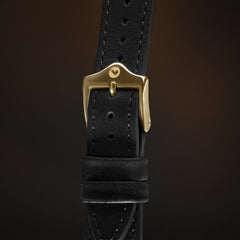

















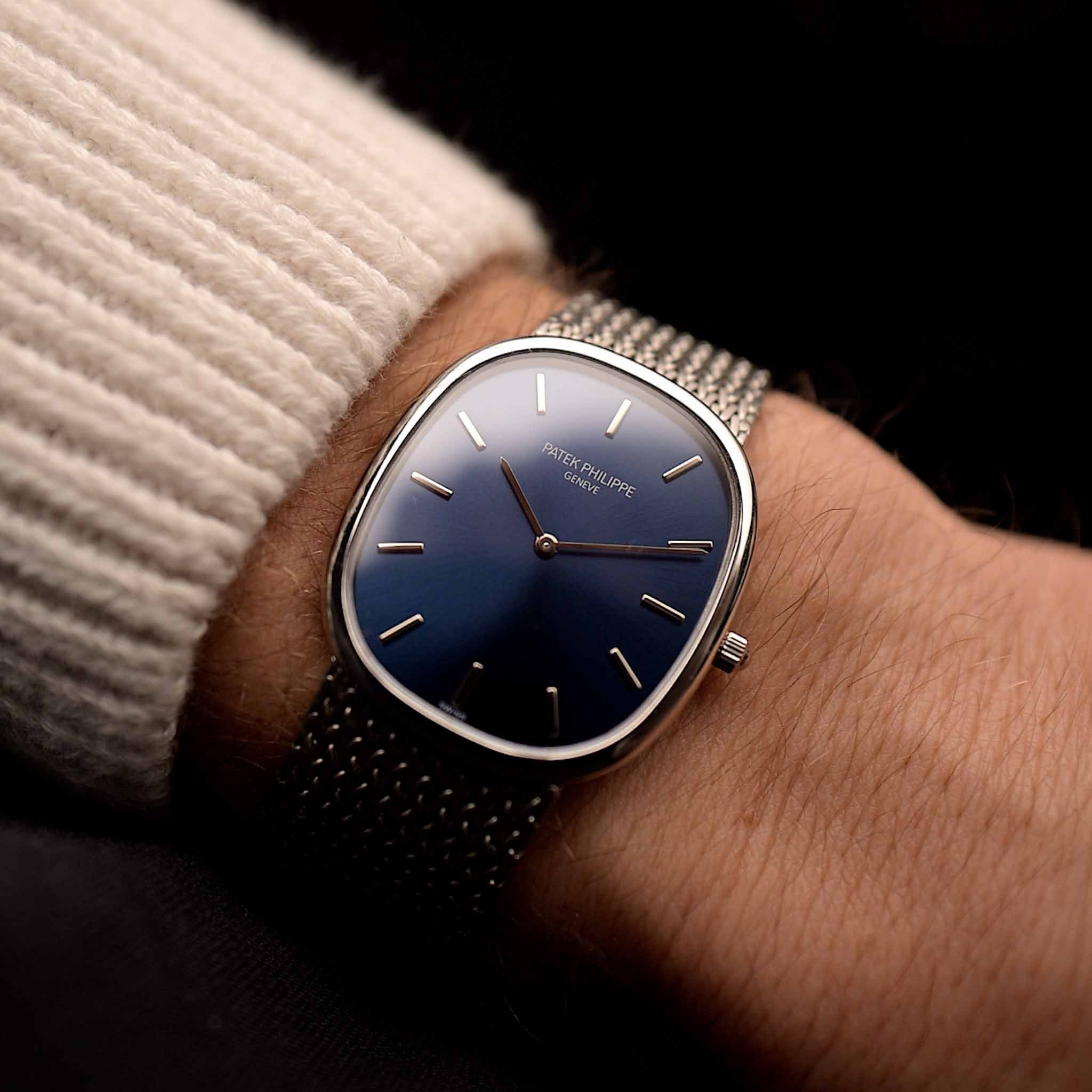

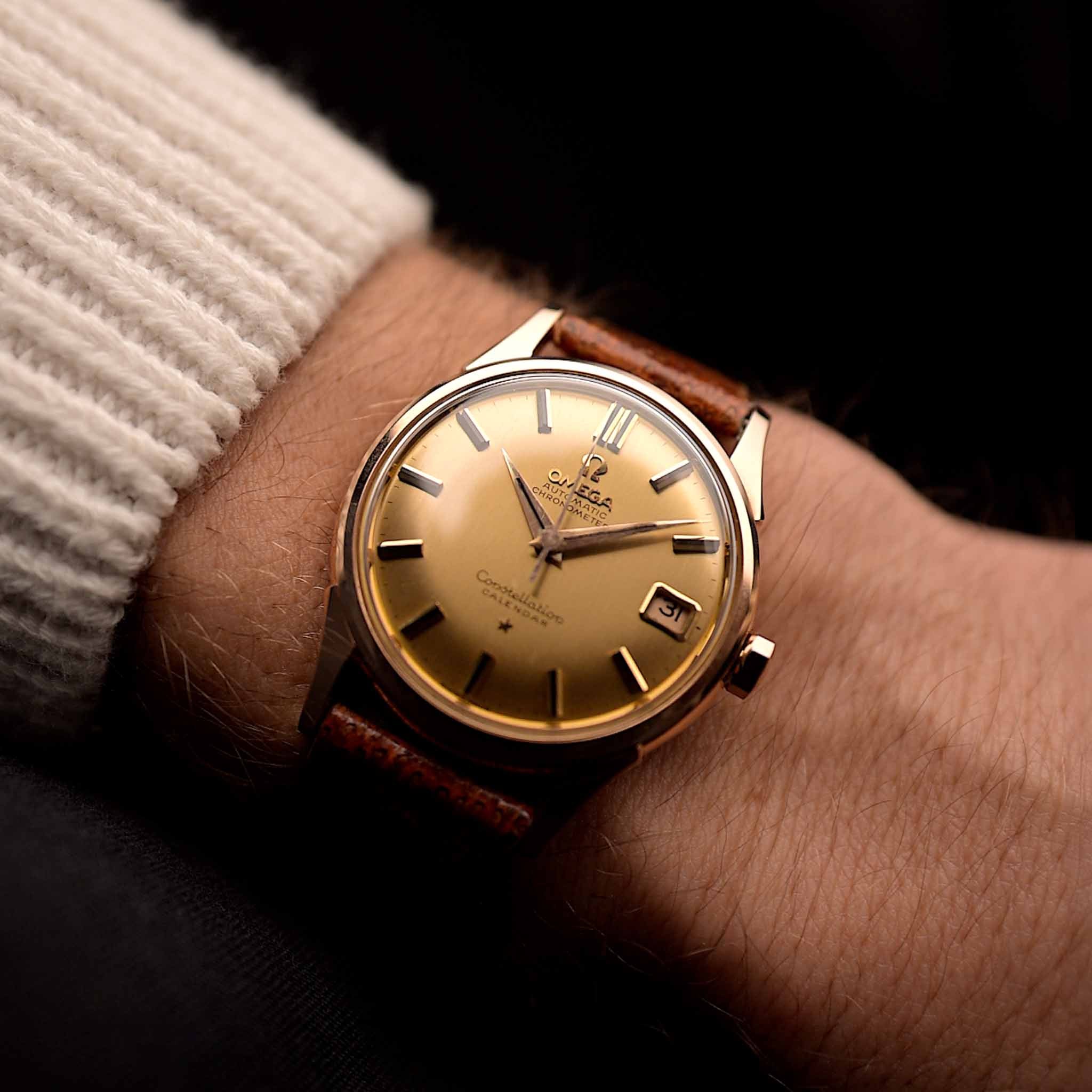
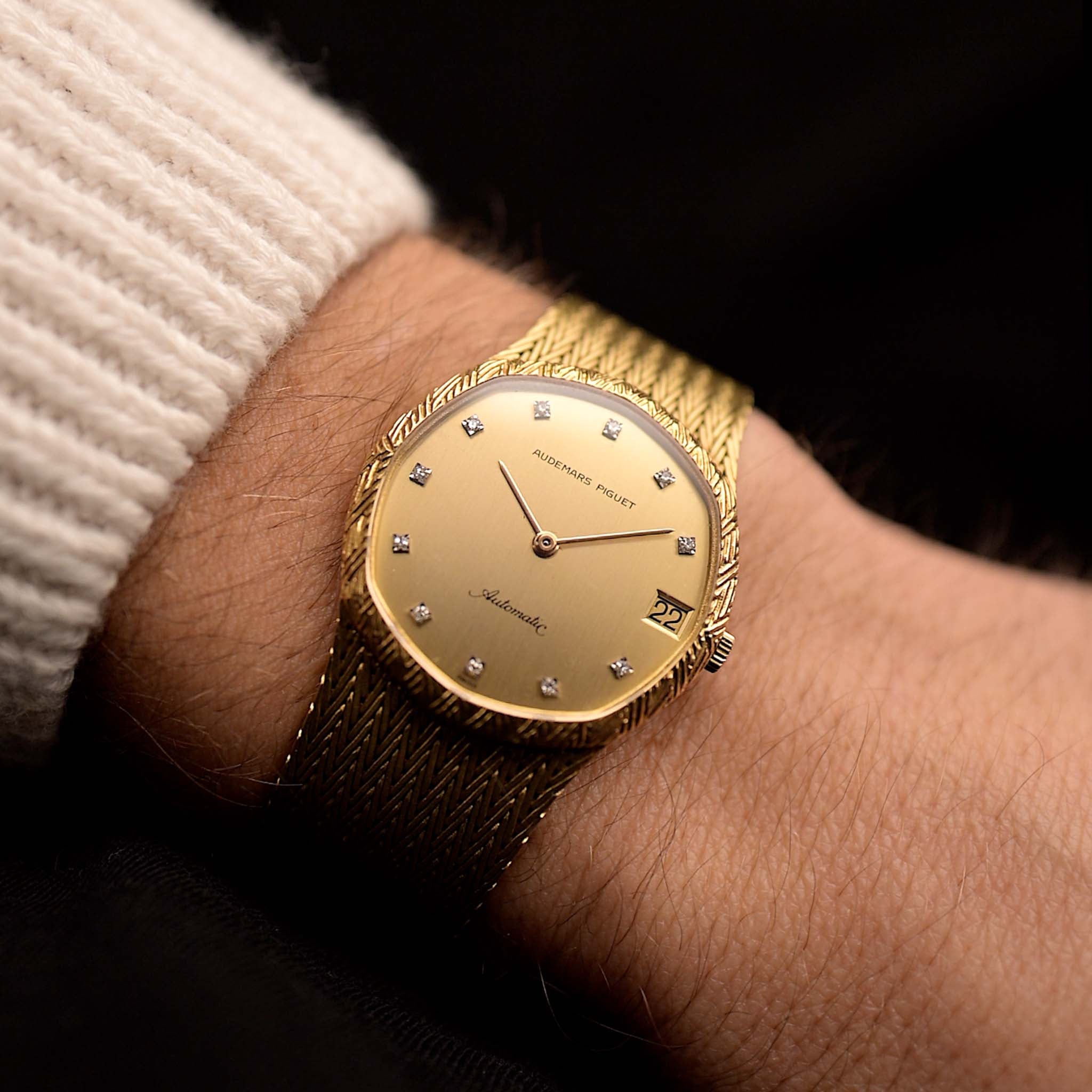
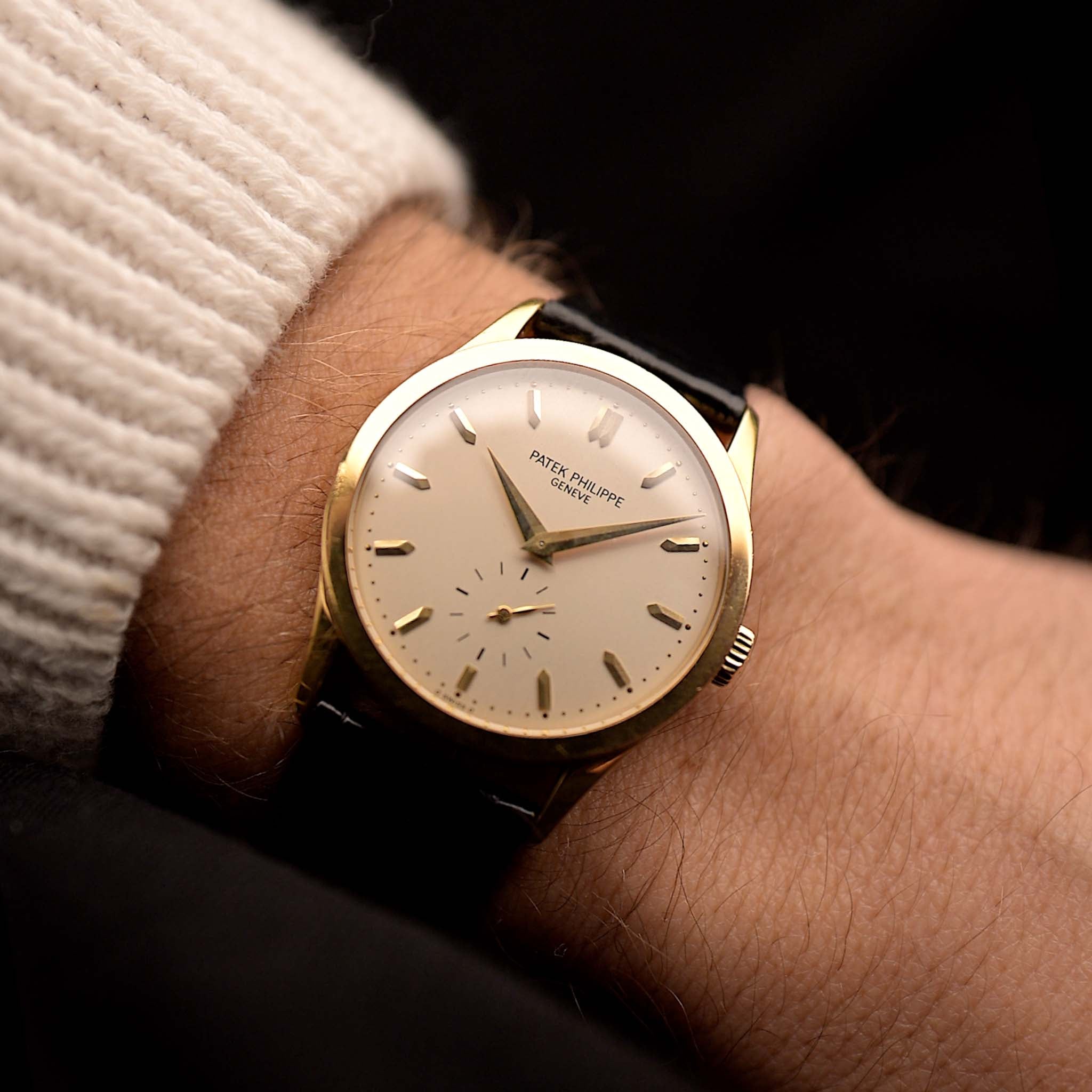
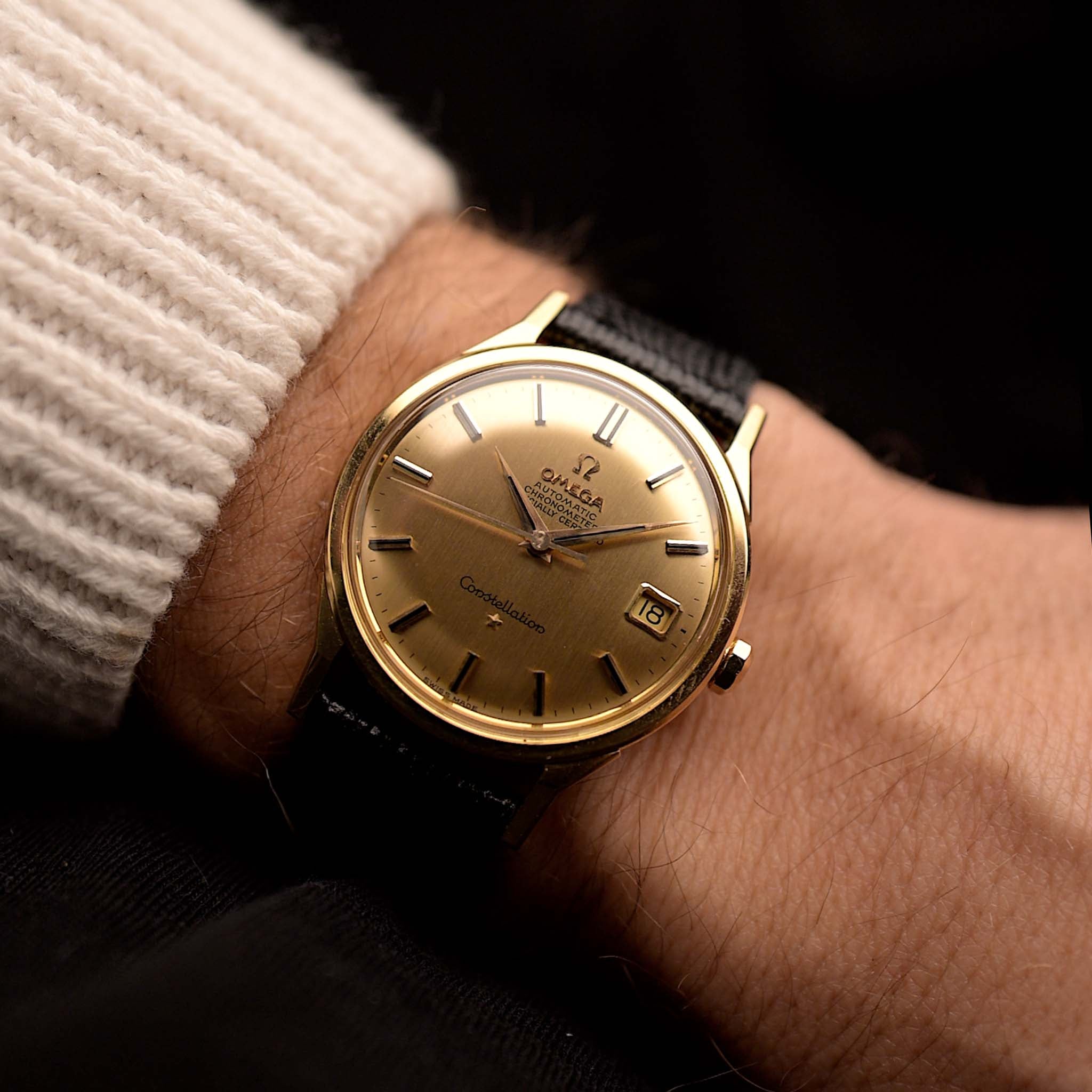

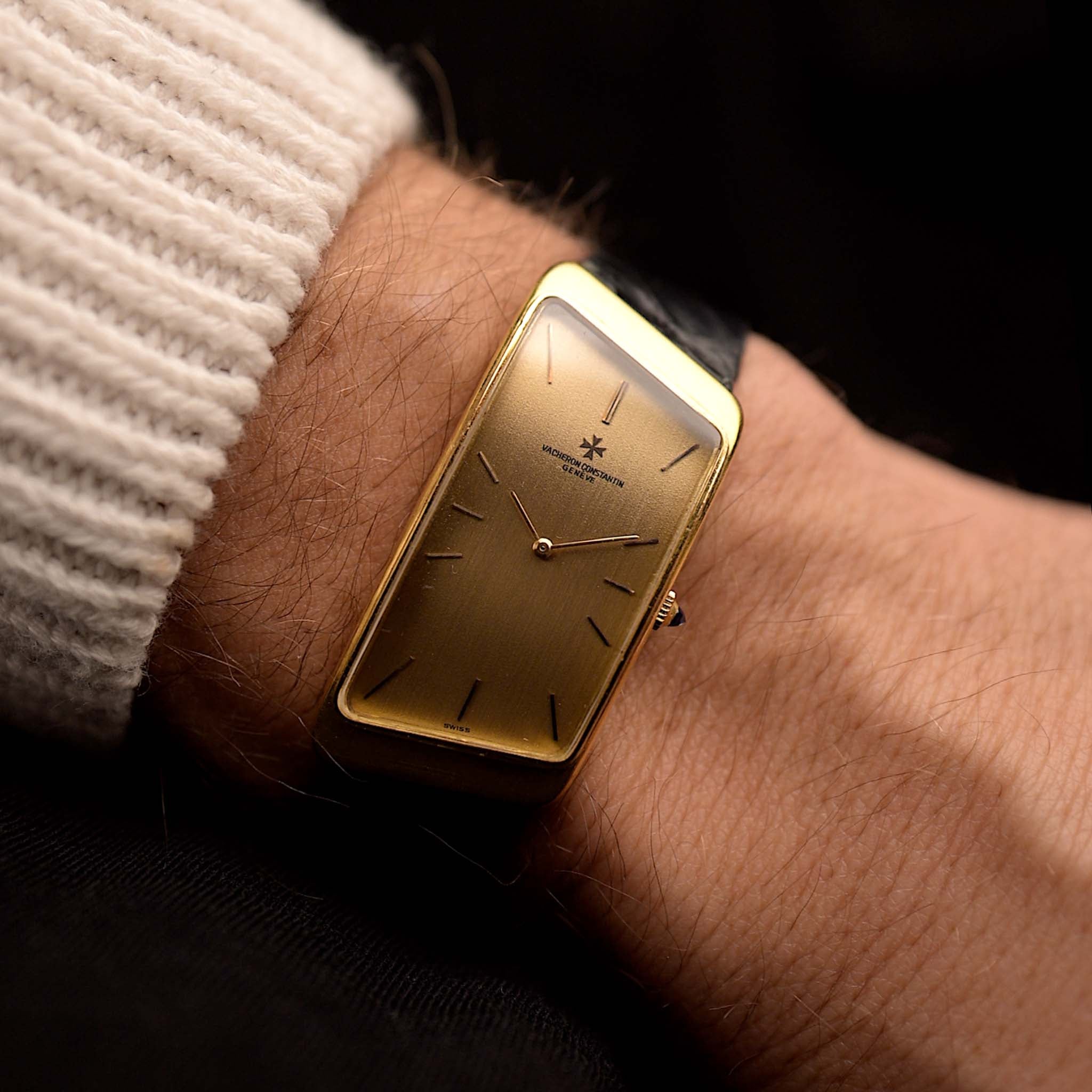
5 comments
for:My first Submariner back in the 60s came with an expansion Oyser bracelet made in the USA. They stretched out a lot but a replacement was just $15, so affordable.
Question: Do you mean each spring costs US 15 only? How about the labor of replacing them, is it also reasonable? Thanks.
for:My first Submariner back in the 60s came with an expansion Oyser bracelet made in the USA. They stretched out a lot but a replacement was just $15, so affordable.
Question: Do you mean each spring costs US 15 only? How about the labor of replacing them, is it also reasonable? Thanks.
for:My first Submariner back in the 60s came with an expansion Oyser bracelet made in the USA. They stretched out a lot but a replacement was just $15, so affordable.
Question: Do you mean each spring costs US 15 only? How about the labor of replacing them, is it also reasonable? Thanks.
for:My first Submariner back in the 60s came with an expansion Oyser bracelet made in the USA. They stretched out a lot but a replacement was just $15, so affordable.
Question: Do you mean each spring costs US 15 only? How about the labor of replacing them, is it also reasonable? Thanks.
My first Submariner back in the 60s came with an expansion Oyser bracelet made in the USA. They stretched out a lot but a replacement was just $15, so affordable.
Not anymore.
Leave a comment